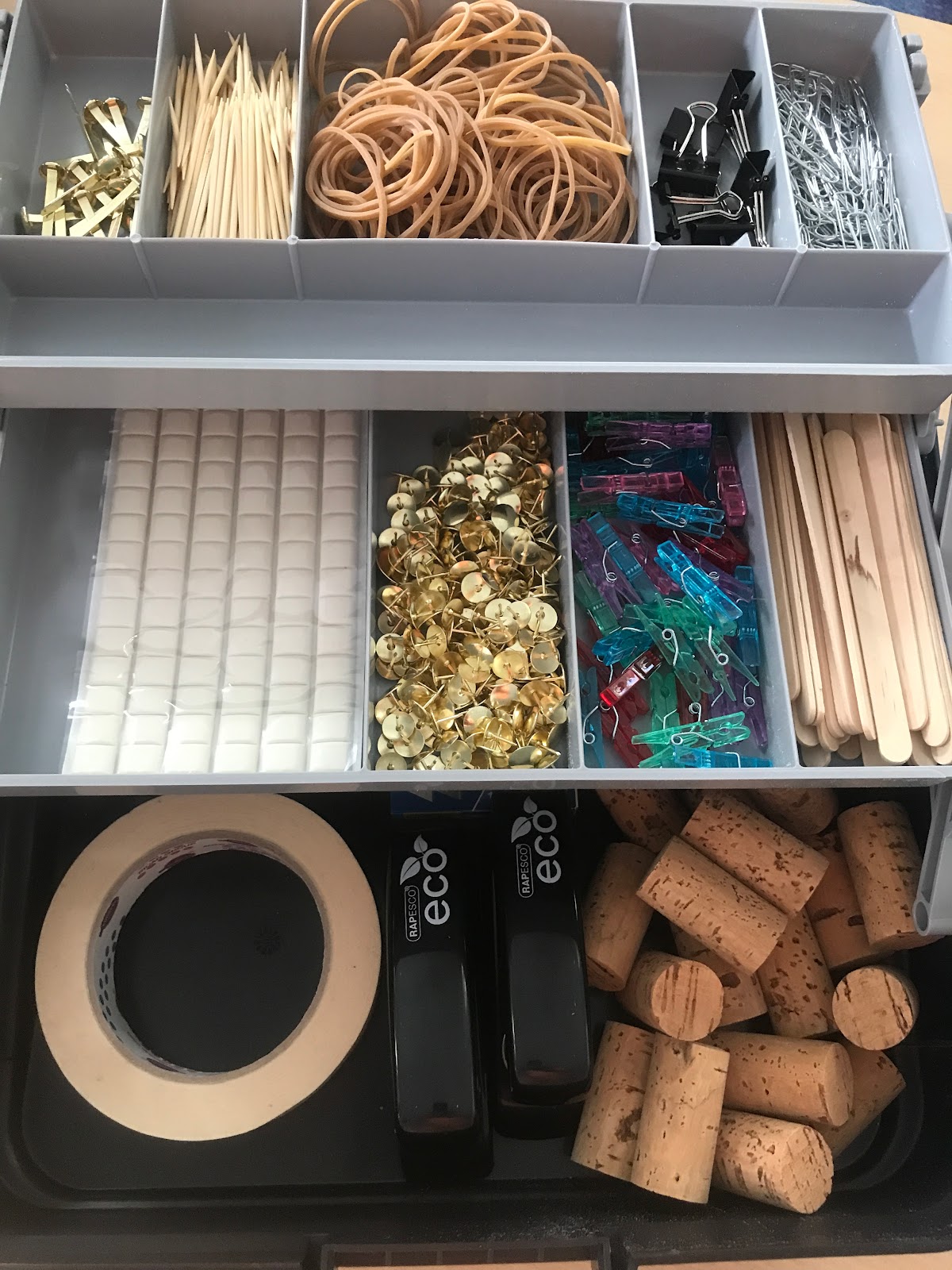Nature

Nature continues to be an important part of learning in Kindergarten. Nature is both a part of inside the classroom and outside, too. Each week, we use Paris as a classroom and support children's learning by taking them outside to nearby parks, nature trails and walks around the local neighbourhood. Sometimes, the natural environment is used to support children's play or scaffold their inquiries. Other times, nature might be used to provoke and challenge children to think creatively. Benefits of play and learning outdoors include: - fitness and physical development - limitless opportunities from loose parts - opportunities to explore, discover and understand the natural world - fresh air and well-being - getting dirty or wet and self-management at these times - negotiating risk Learning in and about nature As children play in nature and learn more about concepts linked to the natural world, they develop a respect and level of appreciation for its beauty and become increasing


